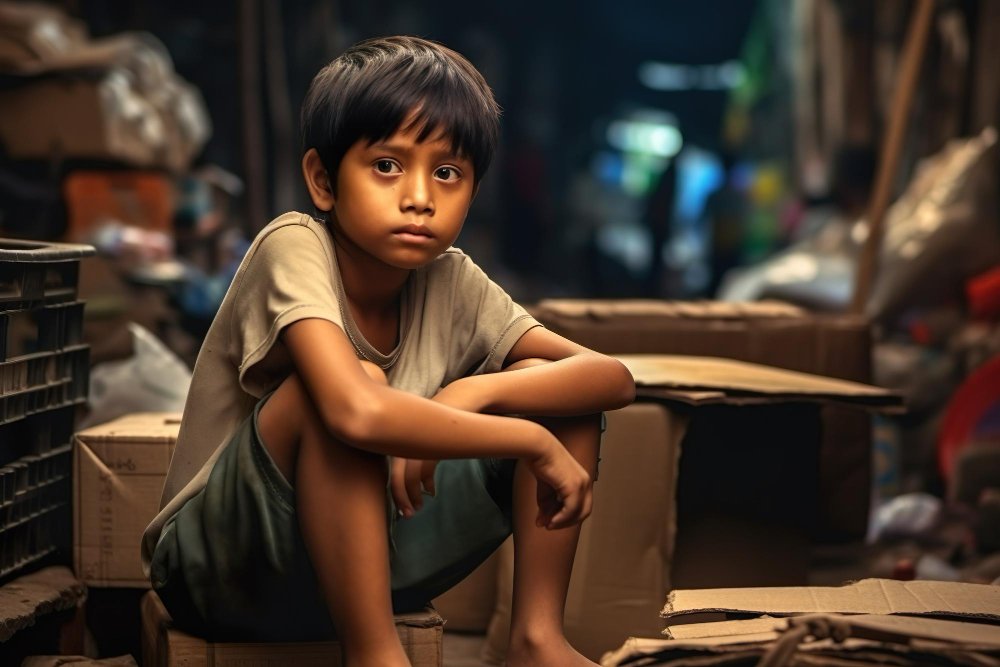Between 2024 and 2050, climate change will stunt 40 million more children and threaten 28 million more with wasting.

Alarming Report on Child Food Poverty
This summer, UNICEF published its first report on child food poverty, and the results are alarming. According to the findings, two-thirds of children worldwide—over 400 million—are not receiving the essential nutrients. This lack of proper nutrition leaves them vulnerable to malnutrition.
In 2023, the World Health Organization (WHO) estimated that 148 million children suffered from stunting. While 45 million faced wasting, two of the most severe forms of chronic and acute malnutrition. These conditions prevent children from reaching their full growth potential, and in extreme cases, even lead to death.
Shockingly, malnutrition is the underlying cause of half of all child deaths. When a child dies, there’s a 50% chance that malnutrition plays a role in their loss.
The Growing Impact of Climate Change
As if the situation wasn’t dire enough, climate change is now posing an additional challenge to solving the malnutrition crisis. Rising temperatures and extreme weather events are worsening food insecurity. It makes it even harder to ensure children get the nourishment they need to survive and thrive.
The health and climate crises are deeply connected in the poorest countries near the equator. The most effective way to combat climate change’s impact is through investing in nutrition.
Nations Can’t Grow If Their People Can’t
Most people think of malnutrition as hunger. We’ve all seen heartbreaking images of starving children, but that’s just one form of malnutrition. There’s also “hidden hunger.” In this case, children may get enough calories but lack essential nutrients. This silent malnutrition disrupts the development of their bodies and brains, especially in young children. The damage is permanent.
While kids can recover from many childhood diseases, malnutrition leaves lasting scars. Even if they survive, it affects their future. A child who suffers from severe malnutrition before the age of three will complete five fewer years of schooling compared to well-nourished children. And those who stay in school often struggle, taking longer to finish each grade.
The impact doesn’t end in childhood. Adults who were malnourished as kids face ongoing challenges. Research shows that those who experienced hunger as children earn 10% less over their lifetime. They’re also 33% less likely to rise out of poverty. This cycle holds back not only individuals but entire nations.
The Economic Cost of Malnutrition
Undernutrition has staggering economic costs. Each year, the global economy loses an estimated $3 trillion in productivity because malnutrition stunts both physical and cognitive development. In low-income countries, this loss is between 3% to 16% of GDP. It’s equivalent to a never-ending global recession.
The Growing Threat of Climate Change
Currently, one in five children worldwide suffers from stunting. Climate change is set to push that number higher. This raises a critical question: what will happen to the global economy in 20 years when these children reach their working age? Economists often overlook malnutrition as an economic indicator, but they shouldn’t. Nutritional deficits lead directly to financial deficits. Addressing malnutrition isn’t just about health—it’s about securing the future of economies worldwide.








